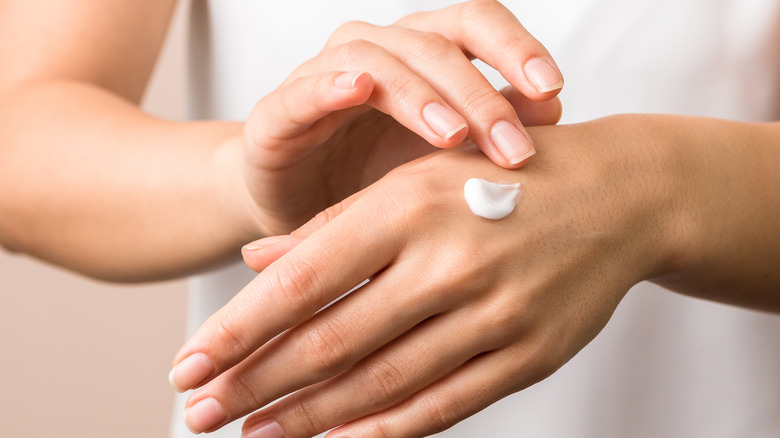How Diabetes Can Affect Your Nail Health
Diabetes is becoming a major health problem around the world. According to the International Diabetes Federation (IDF), an estimated 463 million adults were living with diabetes in 2019, and this number is expected to rise to 700 million by 2045.
The increase in diabetes prevalence is largely driven by factors such as increasing consumption of unhealthy foods, high blood pressure, impaired glucose tolerance, and sedentary lifestyles — these factors contribute to the development of type 2 diabetes, which accounts for around 90% of all diabetes cases worldwide, per the IDF. Some people may have the condition for years before being diagnosed.
However, as blood sugar levels increase, some diabetes symptoms may appear, including frequent urination, lack of energy, slow-healing wounds, and excessive thirst, says the source. Diabetes can also have serious consequences for health, including an increased risk of cardiovascular disease, kidney disease, nerve damage, and blindness. It can also impact nail health, causing various noticeable symptoms.
Diabetes and nail health: What's the link?
One common nail problem associated with diabetes is onychomycosis, or fungal nail infection. People with diabetes are more susceptible to fungal infections due to their weakened immune systems and poor circulation, according to a 2016 study published in the Pakistan Journal of Medical Science. Fungal infections can cause thickened, discolored, and brittle nails that are prone to breaking and peeling.
Another nail problem associated with diabetes is onycholysis, or separation of the nail from the nail bed, per a 2017 article published in Practical Diabetes by endocrinologist Dr. Rowan Hillson MBE. Dr. Hillson attributes the condition to poor circulation in people with diabetes. She also suggests that nerve damage can impair nail growth. The Centers for Disease Control and Prevention reiterates this claim, noting that neuropathy is a common complication of diabetes that is caused by prolonged high blood sugar levels. Altogether, diabetes can significantly impact nail health, causing changes in the nails' appearance, texture, and shape.
How people with diabetes can manage nail health
Generally speaking, it's important for those with diabetes to monitor their blood sugar levels and manage the condition effectively. If you suspect you have a nail infection, seek treatment promptly to prevent the infection from spreading or becoming more serious. Your doctor can diagnose the type of nail infection and prescribe appropriate medication. Depending on the severity of the infection, your doctor may prescribe an antifungal medication commonly used for treating fungal nail infections. Oral medications may be prescribed to treat the infection, or in some cases, an antifungal cream may be used.
Follow up with your doctor regularly to monitor the infection and ensure it is healing properly. If the infection is not improving or worsening, your doctor may need to adjust your treatment plan. They can also advise on proper nail care and other strategies for preventing other nail-related problems associated with diabetes.



